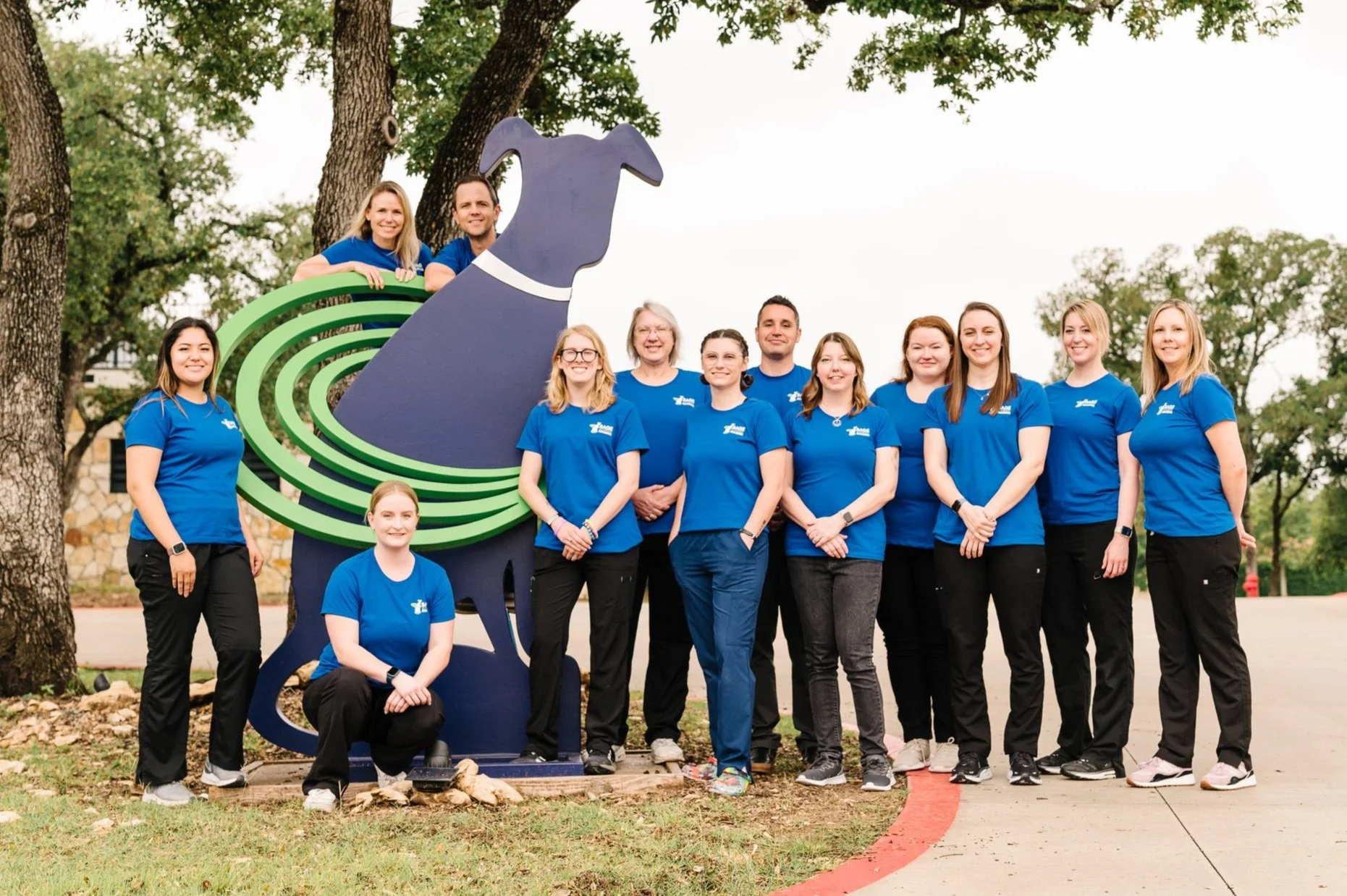The Perfect Formula for High-Quality Vet Care
In 2021, there were around 30,000 vet clinics in the United States.[1] That's a lot of options for your beloved pet! From general practices to specialty hospitals, to outpatient clinics and even mobile services - pet owners have more avenues for pet care than ever!
But here's the kicker - owning the latest technology doesn't automatically translate to top-notch results. It's like having an Indy 500 car but lacking an experienced driver. Let's delve into why that is, and how it influences your pet’s veterinary care - and where you can find the perfect formula for the best outcomes for your furry friends.
You need a perfect combination of technology and the right driver to achieve high-quality, accurate, and reliable results from your pet’s imaging appointment.
The Technology-Driver Synergy
In human medicine, imaging technologists are trained and certified to operate technology according to human anatomy and the diagnostic needs of radiologists. This helps human radiologists stay focused and efficient.
However, veterinary medicine faces unique challenges due to vast differences in patient anatomy and workflow. These differences mean human training programs don't apply, and imaging protocols are far from standardized. Consequently, veterinary radiologists need to be deeply involved in setting the protocols in a practice.
Surprisingly, this has an upside! Veterinary radiologists with extensive MRI and CT experience can achieve image quality often unattainable in human medicine. However, this also implies that advanced technology like 3T MRI, if operated by an inexperienced user (common in veterinary medicine), can produce non-diagnostic image quality, wasting valuable time and money.
The Dream Team for Your Pet
At Sage Veterinary Imaging, we pride ourselves on offering imaging services that meet or even exceed what's available from human healthcare providers. Our Philips 3T MRI and 128-slice CT scanners produce research-grade images of your pet’s body, revealing anatomy and diseases invisible on lower-quality equipment common in many clinics.
But top-notch equipment is only half the story. The other half is having the right people on our team.
Back to the racing analogy, the fastest racecar can win the race, but only if driven by an experienced and skilled driver. Similarly, achieving a successful treatment plan for your pet requires the right drivers (board-certified radiologists) and the right car (equipment).
Like a doctor’s office, a vet clinic comprises various professionals, from veterinarians and technicians to practice managers, office managers, and administrative staff. All working tirelessly behind the scenes to provide the best possible care for your pet.
Regarding your pet’s future and health, you want a veterinary team that embodies empathy, compassion, patience, communication, problem-solving, and comfort. These qualities foster a loving, kind environment and instill confidence in treating your pet, making your experience enjoyable and less stressful.
However, there's one more crucial factor to consider when choosing a veterinary specialist: board certification.
Dr. Jaime Sages leads SonoCamp 2023 to educate and share leading technologies in the world of veterinary imaging.
The Importance of Board Certification
A board-certified specialty DVM completes additional training in a specific field of animal medicine and passes an exam to become certified. This process involves an internship, a residency, real-world clinical experience, and a final exam - totaling another three to five years of education!
While board certification isn’t mandatory to practice veterinary medicine, it indicates the level of experience and education your DVM possesses. Board-certified veterinarians have deeper insights into your pet’s inner workings, supporting better treatment recommendations.
Their expertise is particularly crucial for surgeries, comprehensive surgical technologies and instruments, intensive monitoring during and post-surgery, higher-risk patient care, and a broader understanding of treatment protocols and alternative modalities.[3]
Sage Veterinary Imaging in Texas & Utah
Operating in Round Rock, Texas, for 8 years, with a new location in Sandy, Utah, and more on the way, Sage Veterinary Imaging is here to help get answers for your pet. Our team of radiologists, surgeons, and veterinarians can see more of your pet’s complete health profile - with twice the resolution and in half the time.
Ultimately, we aim to make the most informed decisions to help your pet, because we know you only want the best for them. For more information on finding an MRI or CT scan for dogs in Texas or Utah, visit our Contact Us page.
Sage Veterinary Imaging in Round Rock, Texas



